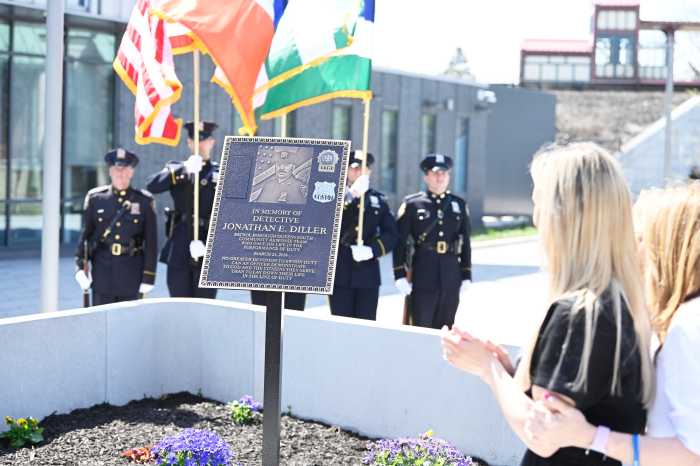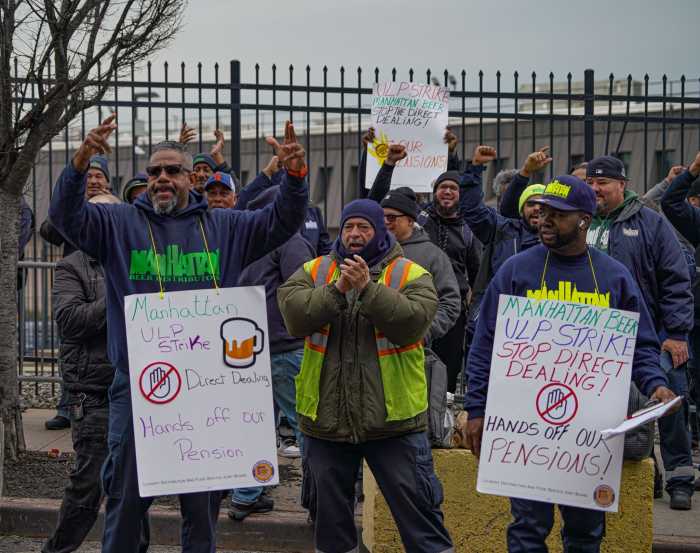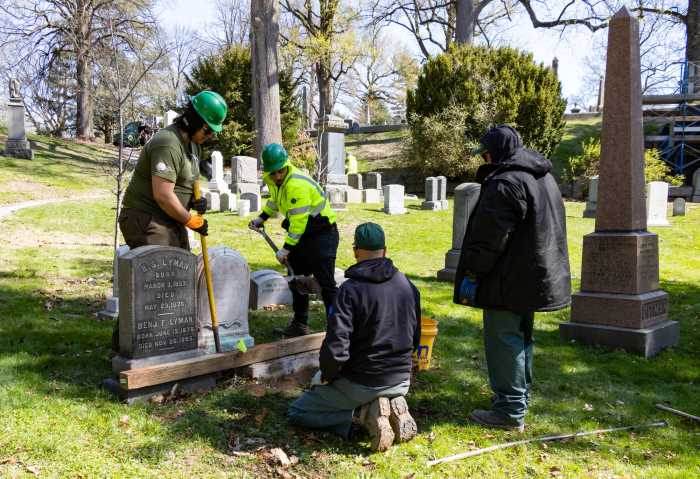As thousands of people begin to return to their homes in Texas in the aftermath of Harvey, many New Yorkers can’t help but think of the storm that swept through their area nearly five years ago.
Harvey and superstorm Sandy both caused incredible damage to the areas they hit, but the sizes and causes of the damage varied.
Here’s a closer look at the two storms:
Size: Sandy was a much larger storm in terms of the extent of the tropical force winds. It measured about 900 miles wide, while Harvey was about 200 miles wide, National Hurricane Center spokesman Dennis Feltgen said.
Strength: Sandy first made landfall on the island of Jamaica on Oct. 24, 2012, as a Category 1 hurricane. It strengthened to a Category 3 hurricane, meaning it had winds more than 110 mph, when it made landfall in Cuba. Days later, as the storm hit New Jersey and New York on Oct. 29, it lost some of its tropical storm characteristics due to the colder water, but also combined with a mid-latitude system. The hybrid storm, dubbed superstorm Sandy, showed characteristics of both a tropical storm and a nor’easter, with winds around 80 mph, per the NWS.
Harvey made landfall in Rockport, Texas, on Aug. 25, 2017, as a Category 4 hurricane, with winds more than 130 mph. It became a tropical storm the next day as it moved east, the NHC said.
Rainfall: The highest rainfall recorded during Sandy was in Millbank, Jamaica, at 28.09 inches, but in the United States, most rainfall totals were less than a foot. The heaviest rainfall was recorded in Bellevue, Maryland, at 12.83 inches. New York City, meanwhile, received less than an inch of rain, according to a NASA analysis.
That was drastically different from the record-breaking rainfall that came with Harvey. The highest total recorded was 51.88 inches in Cedar Bayou, Texas, according to the NWS.
Storm surge: During Sandy, the storm surge is what caused the most damage, especially in New York and New Jersey. The highest storm surge was measured in Kings Point in Nassau County, at 12.65 feet. The highest storm surge recorded as a result of Harvey was 7.4 feet in Port Lavaca, Texas, the NWS said.
Casualties: There were 147 deaths directly caused by Sandy, which includes 72 deaths in the United States, the NHC said. As of Sept. 2, there are at least 50 deaths related or suspected to be related to Harvey, per Reuters.
Homes damaged: At least 650,000 homes were damaged or destroyed as a result of Sandy, the NHC said. The Texas Department of Public Safety, as of the morning of Sept. 2, estimated that close to 200,000 homes have seen flood damage, and an estimated 12,600 have been destroyed, according to Reuters.
Duration: Sandy made its first landfall on Oct. 24, 2012, and it dissipated on Oct. 29. Harvey’s first landfall happened on Aug. 24, 2017, and the last advisory about it from the National Hurricane Center was late on Aug. 30. “The remnants of Harvey played a part” in the rainfall NYC experienced on Sept. 2 and 3, National Weather Service meteorologist Joe Pollina said.


































